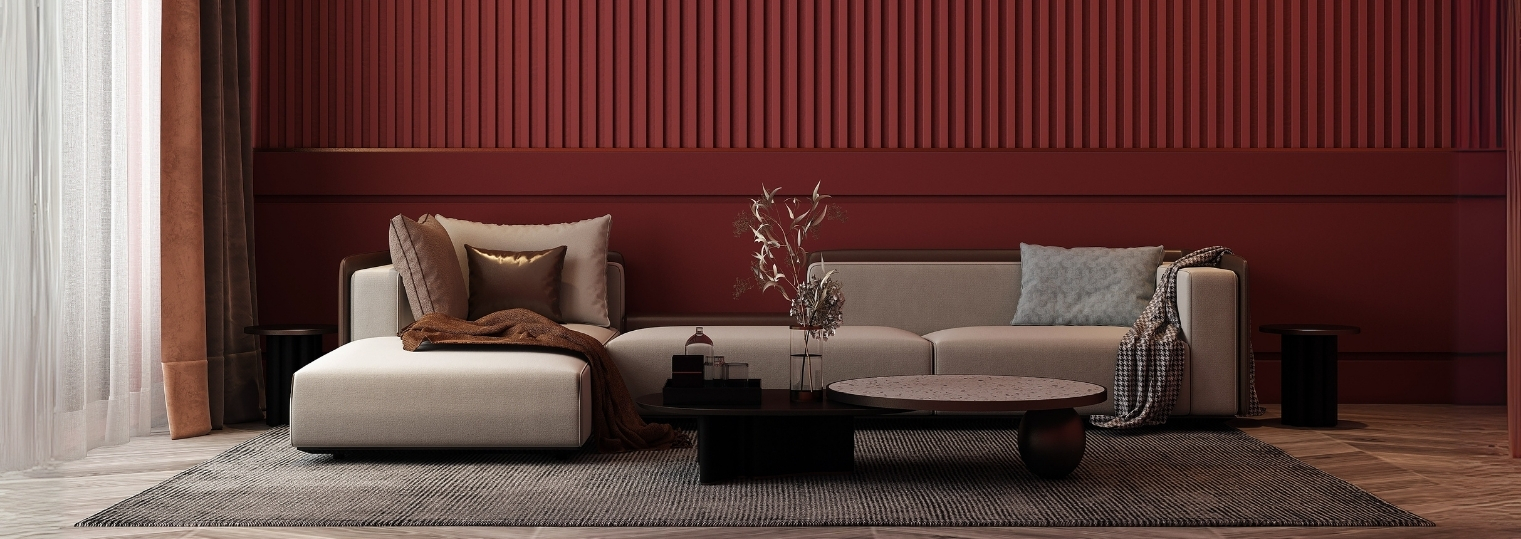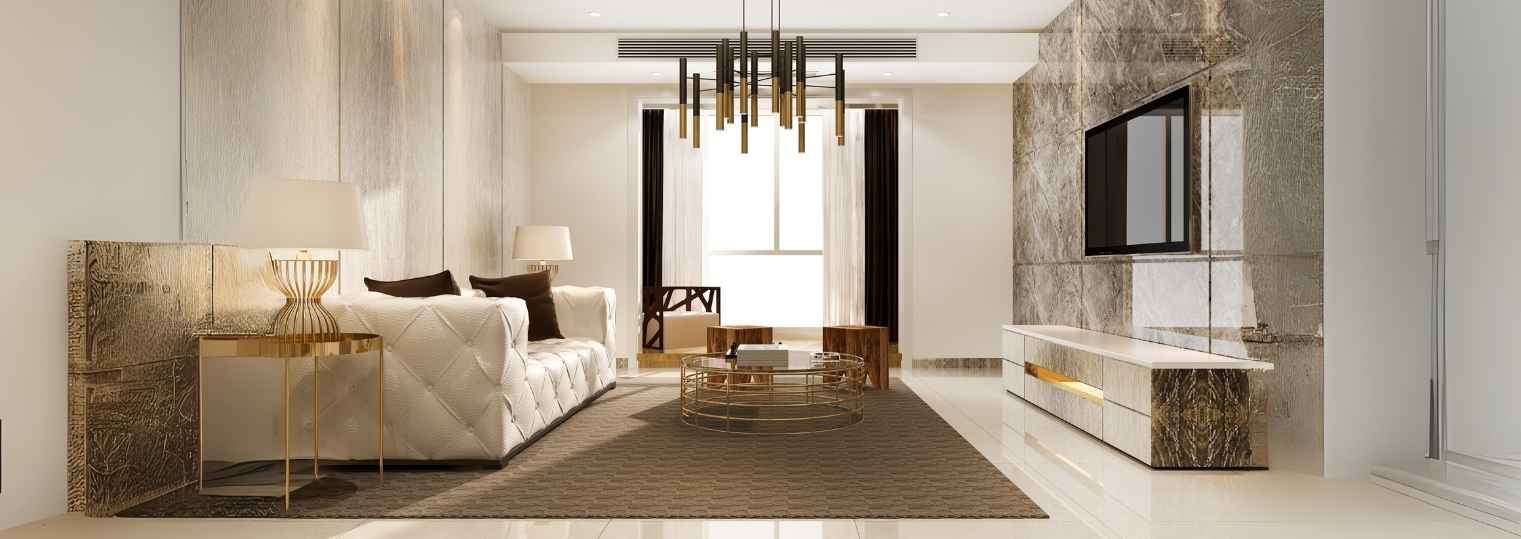3 minute read.
The kitchen island has long been a hallmark of contemporary interiors, functional, stylish, and versatile. But when it comes to Indian cooking, it takes more than a beautiful design to make an island truly work.
Here’s 5 ways of how to design a kitchen island that doesn’t just look good but supports the heart and heat of Indian cooking.
In Indian households, the kitchen island often becomes more than just a countertop. It’s where prepping, rolling rotis, grinding masalas, plating up, and even casual conversations happen.
A well-planned kitchen island can function as:
Designer Tip: Keep the layout open on at least two sides to allow movement and interaction while cooking.
Indian cooking involves spices, oil splashes, and heavy utensils. Your kitchen island should be able to withstand all of it, without compromising on style.
Recommended finishes for Indian kitchens:
Designer Insight: Avoid glossy surfaces if you cook frequently, they show smudges, grease, and wear much faster.
Incorporating functional storage within your kitchen island is a must. Think deep drawers for kadhais and pressure cookers, pull-out baskets for onions and potatoes, or even a built-in spice drawer near your prep area.
You can also integrate:
Designer Insight: Smart storage not only keeps your interiors looking clutter-free but also supports the fast-paced rhythm of Indian kitchens.
If space allows, islands can accommodate appliances like a built-in hob or sink. But for Indian cooking, this needs careful planning. A hob on the island, for example, works well for light cooking or breakfast prep, but may not be ideal for heavy tadkas or deep frying without adequate ventilation.
Designer Insight: If you plan to install a hob, invest in a high-efficiency chimney or downdraft extractor to manage oil and smoke.
Indian kitchens are social spaces. Whether it’s the morning tea ritual, kids doing homework, or friends catching up while you cook, adding seating to your kitchen island turns it into a multifunctional zone.
Designer Insight: Opt for tuck-under stools or slim-profile chairs to save space when not in use. If your layout allows, add a slight overhang to the countertop for a comfortable legroom area.
Modern kitchen islands can absolutely work for Indian cooking, they just need the right design approach. With the right materials, thoughtful storage, and a layout that supports our dynamic cooking styles, the island becomes more than just a trend. It becomes the true heart of the home, where utility meets warmth, and functionality blends with flair.



